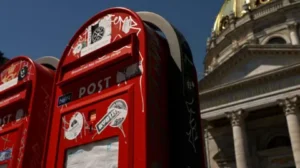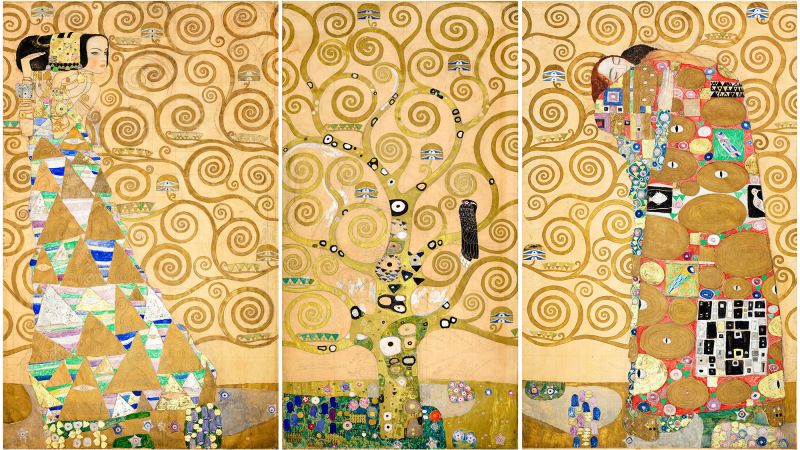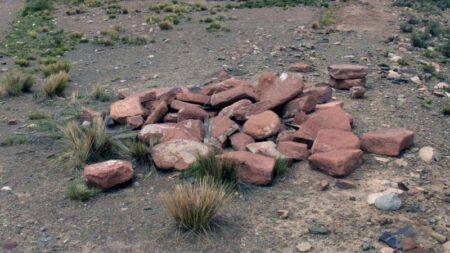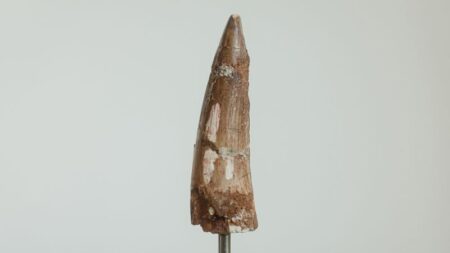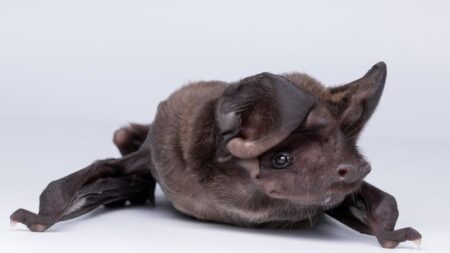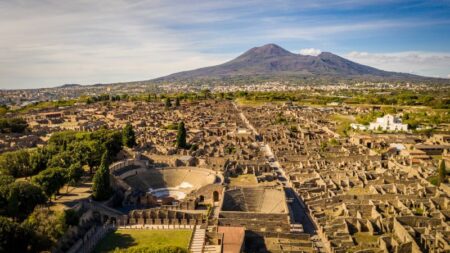Recent research conducted by scientists at the University of New Mexico has unveiled a fascinating connection between trees depicted in notable artworks and their real-world counterparts. The study, which focuses on the mathematical structures known as fractals, highlights how the branching patterns present in trees are mirrored in various forms of art. This research offers both an artistic and biological perspective on how trees are represented visually across different cultures and times, providing insights into human perception and the inherent beauty of nature.
At the core of the study is the mathematical concept of fractals, which are geometric shapes that exhibit repeatable patterns at varying scales. In both nature and art, these fractal patterns contribute to aesthetic appeal and functionality. As explained by Mitchell Newberry, a mathematical biologist at the University of New Mexico, this consistency in scaling may be pivotal in the way humans recognize stylized images as being representative of trees. The research team, which included doctoral student Jingyi Gao from the University of Wisconsin, analyzed a diverse assortment of artworks that included carvings and paintings spanning centuries, from 16th-century stone window carvings in India to more modern works by artists such as Piet Mondrian and Gustav Klimt.
The results indicated that the branching structures of trees in art closely align with the scaling found in real trees. The researchers noted that even highly abstract representations often retained these mathematical characteristics, signifying that artists might have an innate understanding of the proportionality of trees, even without explicit knowledge of fractals. Newberry elaborated that while there are various forms of trees, the research establishes a baseline for what constitutes a recognizable depiction of a tree.
Artists like Mondrian, who reduced trees to their essential forms, managed to convey the essence of trees despite the abstraction. Interestingly, the researchers discovered that the recognition of a tree in an artwork diminished when the fractal nature of the branches was not present. For instance, in Mondrian’s 1912 painting “Bloeiende Appelboom,” the fractal structure is notably absent, which led to varied interpretations by viewers, some seeing nothing representational at all, unlike in earlier works where the fractal nature was more prominent.
The study employed a systematic method for analyzing the artworks’ branching patterns, identifying a metric they termed the “branch diameter scaling exponent.” This approach allowed them to quantify the similarities in structure between various tree representations in art and those found in nature. Their findings revealed that artworks generally exhibited a branch diameter scaling value within the range of 1.5 to 3, closely reflecting real trees. Notably, an unusual finding emerged when examining the highly stylized carving from the Sidi Saiyyed Mosque, which registered higher alignment with real tree scaling compared to “Cherry Blossoms,” a seemingly more naturalistic artwork.
While the research is groundbreaking, it carries the acknowledgment that it is exploratory in nature, with a limited selection of artworks and tree species studied. Nonetheless, it opens new avenues for understanding the intersection of art, mathematics, and biology. Richard Taylor, a physicist at the University of Oregon, emphasized that the study contributes to a larger inquiry into why natural patterns resonate as beautiful to humans.
Conclusively, this research bridges the gap between artistic expression and natural phenomena, suggesting that the aesthetic qualities of trees can inspire profound connections—be it through a leisurely walk in a forest or an engaging day in the world of art. The intricate connections unveiled in this study encourage a reassessment of how we appreciate both nature and art, ultimately fostering a deeper understanding of the visual and emotional experiences they provide.



